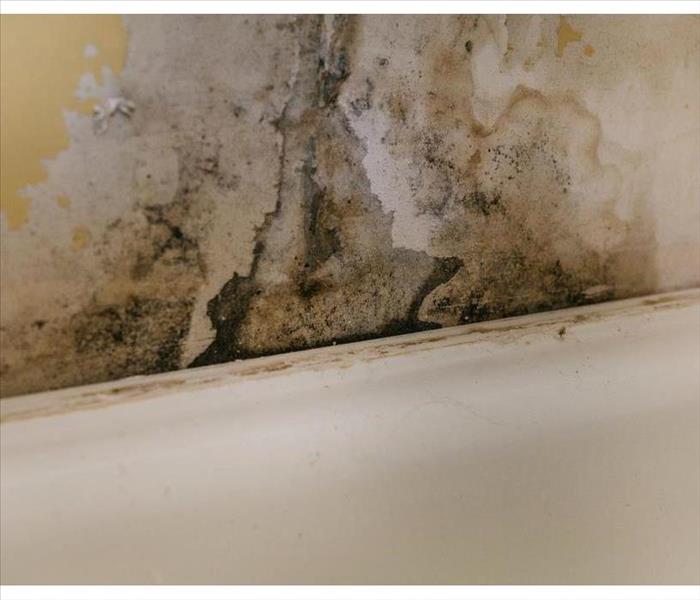What To Know About Secondary Damage
1/30/2022 (Permalink)
Secondary Damage: What You Should Know
There are a number of damages associated with flooding in Cambrian Park, CA. While many of them are caused by direct contact with the flood water, that isn’t always the case. In fact, secondary damage can still occur after the water has been extracted.
Knowing the Signs
Before you dive into what secondary water damage is, it can help to know what signs to look for. After a flood, these are a few of the most common signs that your residence is being damaged by indirect exposure:
- Bowed wood floors
- Rotten wood
- Black mold
- Fungal growth
Any of these signs could indicate that your property is being damaged indirectly rather than directly.
Understanding Indirect Exposure
The simplest way to explain secondary damage is by referring to it as indirect exposure. This is damage that is done after the initial flood and without contact with the original flood waters. The way that this happens is that moisture can evaporate and contamination from the original intrusion of water can remain in the residence. The high humidity that this causes can lead to a spread of black mold growth that can be damaging to your property.
Preventing Damage
The best way to prevent indirect exposure is to act quickly when there is a flood. If you take a prolonged amount of time to clean up the water, it may lead to more contaminants and more places for those contaminants to hide. When dealing with a flood, utilize the help of a professional remediation service, which will be able to help you prevent further problems.
Secondary damage, or indirect exposure to contaminants and water, can lead to problems such as black mold, warped floors and even rot. This is why it’s so important to take care of a flood as soon as it happens. The problems that come later can be expensive and inconvenient.






 24/7 Emergency Service
24/7 Emergency Service
